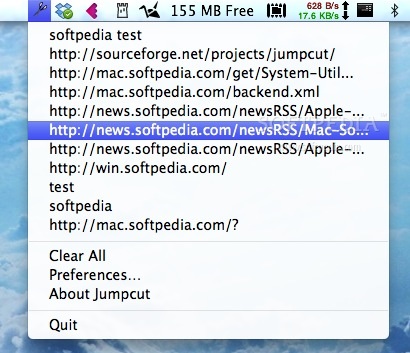

Jumpstart can poll tens of thousands of people at a time to gauge their reaction, which is predictive of success. The company also conducts data-driven audience testing to lay the groundwork for selling the content. First, the team uses algorithms to mine social media platforms such as YouTube, Vimeo, and Wattpad for amateur creators who are putting out promising stuff: stories and videos with good production value, high emotional engagement, and global perspectives. “Our big a-ha moment was to recognize that there are other ways to de-risk stories and storytellers, and data is extremely good at that.” “The industry, as it’s become more and more of a big business, has become increasingly risk-averse, so there is a reliance on doing what has always worked in the past,” he said.

Hosanagar, who is also faculty director of Wharton’s AI for Business, doesn’t believe Hollywood became entrenched in its old ways out of overt bias. “However you measure it, the industry has not been particularly inclusive.” –Kartik Hosanagar McKinsey & Company released a report in March that determined Hollywood could make an additional $10 billion a year if it addressed persistent racial inequalities, and a 2020 study from Nielsen faulted streaming, broadcast, and cable television for its dearth of Black, Hispanic, Asian, and other underrepresented identities. The film and television industry has come under intense scrutiny in recent years for its lack of representation at all levels, from the actors on screen to the writers, producers, and directors behind it. We’re using data to discover new voices and stories and not just wait for Hollywood agents to discover them.” What we’re trying to do is really turn that on its head. (Listen to the podcast above.) “There’s a cost to audiences, which is we’re stuck in sequel culture and the lack of fresh, original stories. “However you measure it, the industry has not been particularly inclusive,” Hosanagar said during an interview with the Wharton Business Daily radio show on SiriusXM. The business also serves as an incubator for undiscovered, diverse talent. Inspired by his lifelong passion for storytelling and filmmaking, Hosanagar has launched Jumpcut, a startup to help Hollywood create more inclusive content by relying on data to show industry leaders that audiences are hungry for a wider range of representation.

Hollywood has a diversity problem, and Wharton operations, information, and decisions professor Kartik Hosanagar wants to use data science to fix it. Wharton’s Kartik Hosanagar speaks with Wharton Business Daily on SiriusXM about how data science can help Hollywood create more inclusive content.

#Www jumpcut com view how to#
Meet the Authors: Wharton’s Jonah Berger on How to Change Anyone’s Mind March 19, 2021.Meet the Authors: Wharton’s Katy Milkman on How to Change May 14, 2021.Meet the Authors: Mauro Guillén on How Businesses Succeed in a Global Marketplace June 21, 2021.Meet the Authors: Wharton’s Peter Cappelli on The Future of the Office November 4, 2021.Protecting Your Mental Health at Work August 24, 2021.How Social Class Affects the Career Ladder October 29, 2021.How Data Analytics Can Help Advance DEI January 18, 2022.Action, not Words: Creating Gender and Racial Equity at Work July 11, 2022.Great Question: Kevin Werbach on Cryptocurrency and Fintech July 21, 2021.Great Question: Dean Erika James on Crisis Management August 16, 2021.Great Question: Wendy De La Rosa on Personal Finance October 15, 2021.Great Question: Witold Henisz on ESG Initiatives November 17, 2021.Investing with Impact: Becoming a ‘Responsible Steward’ March 22, 2022.Making the Business Case for ESG May 3, 2022.How Companies and Capital Can Be Forces for Good June 21, 2022.Investing in Refugee Entrepreneurs in East Africa August 8, 2022.How the Dialogue on Diversity Is Reshaping Business December 7, 2020.Tackling the Climate Crisis: Can Business Lead the Way? October 25, 2021.How Corporate Governance Is Changing November 23, 2021.Beyond Business: Humanizing ESG December 13, 2021.


 0 kommentar(er)
0 kommentar(er)
